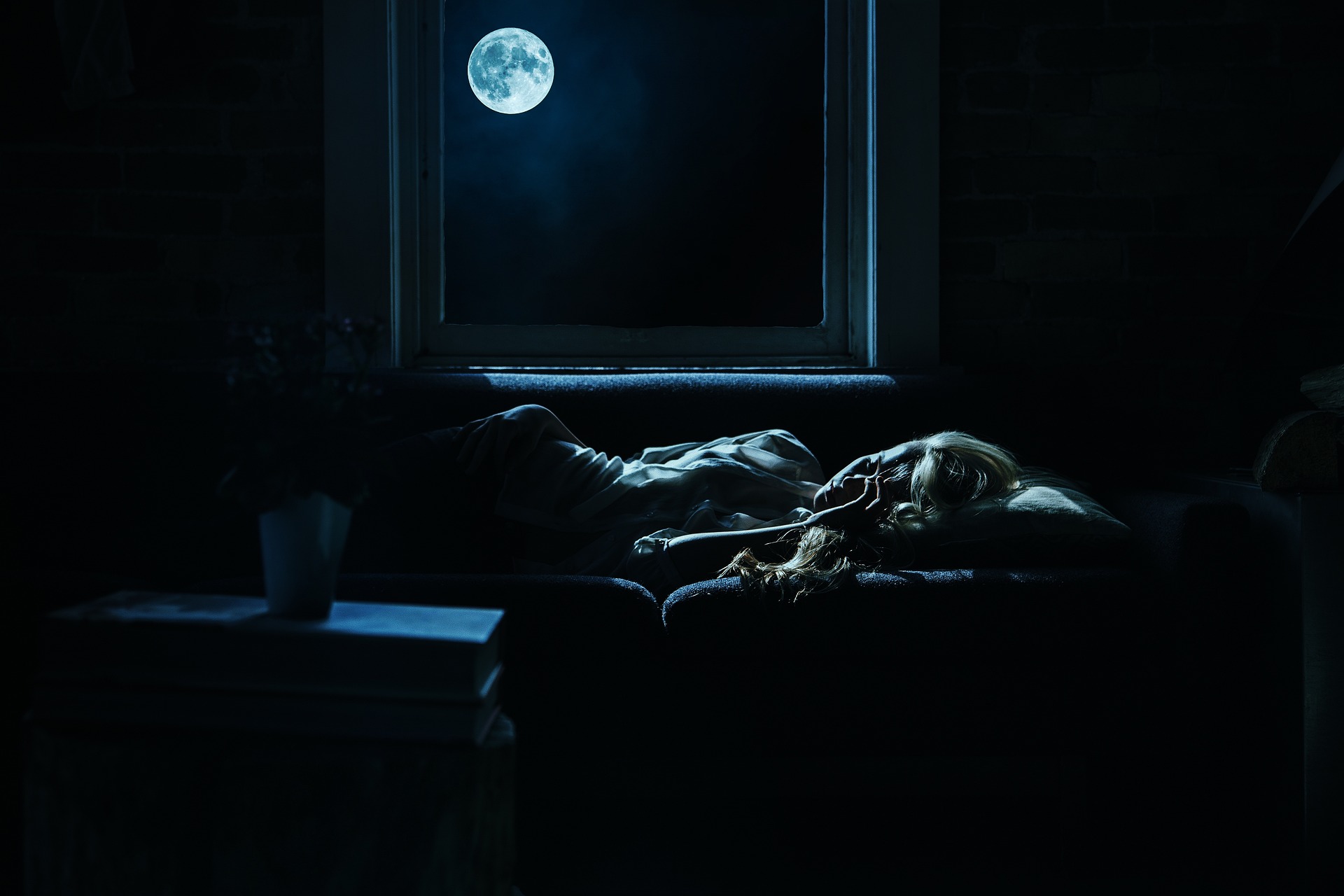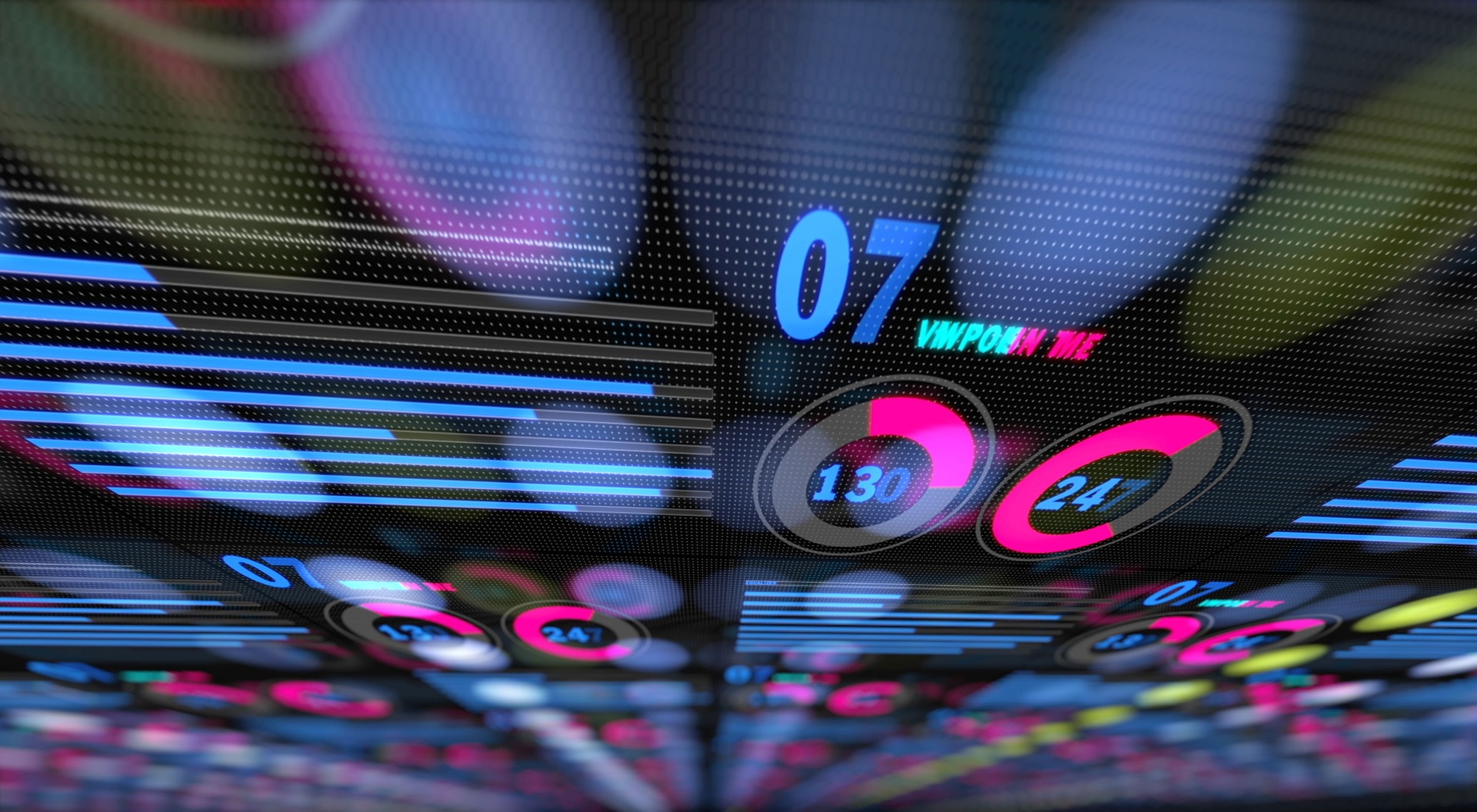Bright Side of the Night – 2.4.1
Why Do We Need the Night?
Circadian Rhythm
Circadian rhythms are physical, mental, and behavioral changes that follow a 24-hour cycle. These natural processes respond primarily to light and dark and affect most living things, including animals, plants, and microbes. Biology distinguishes between different circadian rhythms, such as diurnal rhythms as the circadian rhythm synced with day and night and ultradian rhythms, with a shorter period and higher frequency than circadian rhythms. People in highly developed economies spend far more than half of their lives inside buildings and therefore receive little sunlight. At the same time, they are exposed to a lot of artificial light in the evening and night hours. This imbalance has a negative influence on the day-night rhythm to which the body’s internal clock has always adjusted.
The Magic of Melatonin
The circadian rhythm, and therefore the functions of the body, are controlled by melatonin. The pineal gland releases the hormone in the hours of darkness in the evening and at night. Melatonin is important for a balanced immune system and healthy sleep, and it is also thought to have a cancer-inhibiting effect. Daylight and nocturnal artificial light in the short wavelength range below 480 nm inhibit melatonin synthesis and can therefore suppress the release of melatonin for more than 90 minutes. Even very low levels of luminous intensity are sufficient to lower the melatonin levels in the blood, thus shifting the day further into the night and shortening the period of sleep.
Sleep – Regeneration & Recovery
As diurnal creatures, we humans need the night to sleep, to recover, rest and regenerate. To ensure adequate, regenerative sleep from around 10:00 pm, it is recommended to cease exposure to artificial light after 8:00 pm. Lighting, especially screens, that we use in our homes nowadays continues to have an impact on the human body for approximately 90 minutes after the last exposure.
Chronobiology, Owls and Larks
Chronobiology is the study of circadian rhythms. This branch of biology examines the temporal organisation of physiological processes and behavioural patterns in organisms. The importance of chronobiology increases as modern lifestyles deviate more and more from the framework conditions set by the biological clock. It is assumed that it wasn’t before the invention of artificial light—which allows humans to postpone sleep—that many different chronotypes developed. Today, we categorize people as owls (extreme: sleep at midnight, get up at 10 a.m.) or larks (extreme: get up between 5 and 6 a.m.). Interestingly, modern economic and social life has been organized almost exclusively geared to larks. Hence, millions of people live and work contrary to their chronotype. Owls or people with an owl tendency tend to be tired when getting up and are less productive during the day. In the long run, working against one’s biorhythm can result in a range of health consequences.
The short-wave radiation emitted by smartphones, tablets, e-readers, and computer screens, suppresses the release of the sleep hormone melatonin and thus the ability to sleep. This can be remedied with the help of the software f.lux(r).

Further Resources
Links below will redirect you to external websites. In accordance with the European data protection declarations, we would like to point out that by clicking on these links you may send data to external providers. We cannot prevent that.
Images
![]() Numerous images on the Circadian Clock can be licenced on Alamy.
Numerous images on the Circadian Clock can be licenced on Alamy.
Videos
![]() Camping Syncs Internal Clock with Nature (Cell Press)
Camping Syncs Internal Clock with Nature (Cell Press)
![]() How body clocks rule our lives | BBC Tomorrow’s World (Nature Geographic)
How body clocks rule our lives | BBC Tomorrow’s World (Nature Geographic)
 Ritmi circadiani: cosa sono e come trovare il tuo cronotipo – Dr. Roberto Bombagi
Ritmi circadiani: cosa sono e come trovare il tuo cronotipo – Dr. Roberto Bombagi
 Melatonina: come, quando e perché – Dr. Fabio Filiaci
Melatonina: come, quando e perché – Dr. Fabio Filiaci
 Gufi, allodole e orologi circadiani – Università di Padova
Gufi, allodole e orologi circadiani – Università di Padova
Online Resources
![]()
 The influence of light pollution on human (Helle Not)
The influence of light pollution on human (Helle Not)
![]()
 Verlust der Nacht / Loss of the Night: Interdisciplinary Research network
Verlust der Nacht / Loss of the Night: Interdisciplinary Research network
 Konzept zur nachtbezogenen Naturpädagogik (Online publication)
Konzept zur nachtbezogenen Naturpädagogik (Online publication)
 Il ritmo circadiano: cos’è e come funziona – Novanight
Il ritmo circadiano: cos’è e come funziona – Novanight
 Disturbo del ritmo circadiano del sonno: che cos’è e come incide sul nostro sonno – Sonnocare
Disturbo del ritmo circadiano del sonno: che cos’è e come incide sul nostro sonno – Sonnocare
 Melatonina: funzioni, benefici ed effetti collaterali – My-personaltrainer
Melatonina: funzioni, benefici ed effetti collaterali – My-personaltrainer
 Allodola o gufo? Tutto sul ritmo circadiano – Elle
Allodola o gufo? Tutto sul ritmo circadiano – Elle
 Perché ci fa bene assecondare l’orologio biologico? – Focus
Perché ci fa bene assecondare l’orologio biologico? – Focus
 Troppa luce artificiale nuoce alla salute? – Fondazione Veronesi
Troppa luce artificiale nuoce alla salute? – Fondazione Veronesi
Further Readings
![]()
 Regularly updated Literature and links with regards to light pollution and dark skies (Helle Not)
Regularly updated Literature and links with regards to light pollution and dark skies (Helle Not)
![]()
 Literature & Links on the website “Verlust der Nacht/Loss of the Night”
Literature & Links on the website “Verlust der Nacht/Loss of the Night”
![]() Scientific Paper about supression of melatonin production through exposure to light (2011)
Scientific Paper about supression of melatonin production through exposure to light (2011)
 Magazinbeitrag zu: “Chronotypen: Lerchen, Eulen und Normaltypen“
Magazinbeitrag zu: “Chronotypen: Lerchen, Eulen und Normaltypen“
 Gufi o allodole? Cosa sono e come funzionano gli orologi circadiani – Rodolfo Costa, Sara Montagnese
Gufi o allodole? Cosa sono e come funzionano gli orologi circadiani – Rodolfo Costa, Sara Montagnese
Teaching Material
 Il sonno e il cervello – Fondazione ZOÉ
Il sonno e il cervello – Fondazione ZOÉ
 Il ciclo giorno-notte e la durata dell’illuminazione influenzano la produzione di melatonina da parte dell’epifisi – Scheda di lettura Zanichelli
Il ciclo giorno-notte e la durata dell’illuminazione influenzano la produzione di melatonina da parte dell’epifisi – Scheda di lettura Zanichelli
For Kids
![]() Animated Short Film: Circadian Rhythm: Animation by Rebecca Hendin for BBC What’s New
Animated Short Film: Circadian Rhythm: Animation by Rebecca Hendin for BBC What’s New
![]()
 Materials for young scientists: Quiz, Arts and craft corner, App and Exhibition for schools. (Loss of the Night network)
Materials for young scientists: Quiz, Arts and craft corner, App and Exhibition for schools. (Loss of the Night network)
 Unterrichtsmaterialien für Schulen – “Lichtverschmutzung” (Die Umweltberatung)
Unterrichtsmaterialien für Schulen – “Lichtverschmutzung” (Die Umweltberatung)
 Wissens- und Methodenbox „Kunstlicht, Nacht und Sternenhimmel“ (Naturfreunde)
Wissens- und Methodenbox „Kunstlicht, Nacht und Sternenhimmel“ (Naturfreunde)

